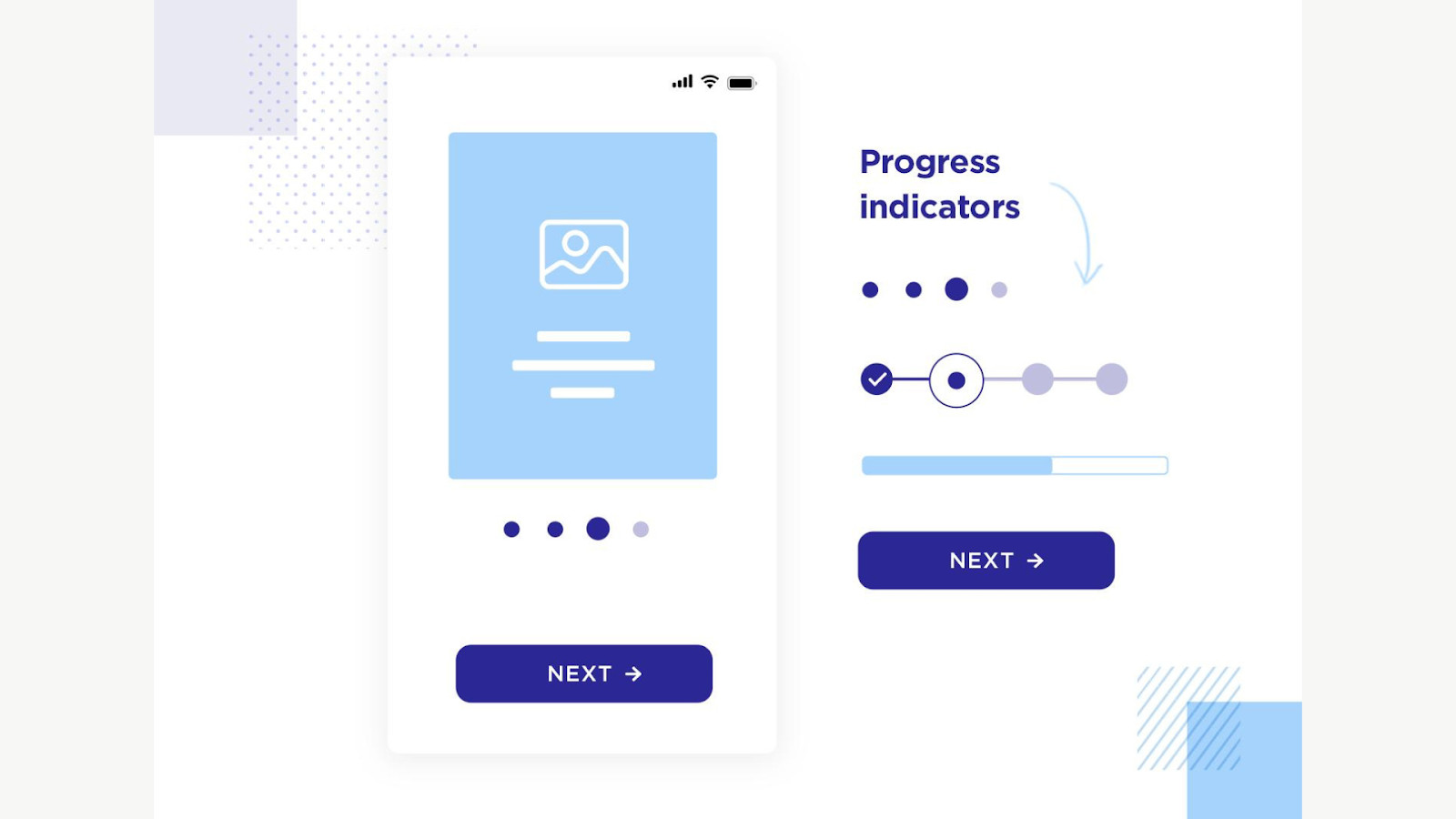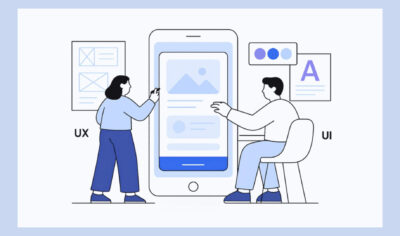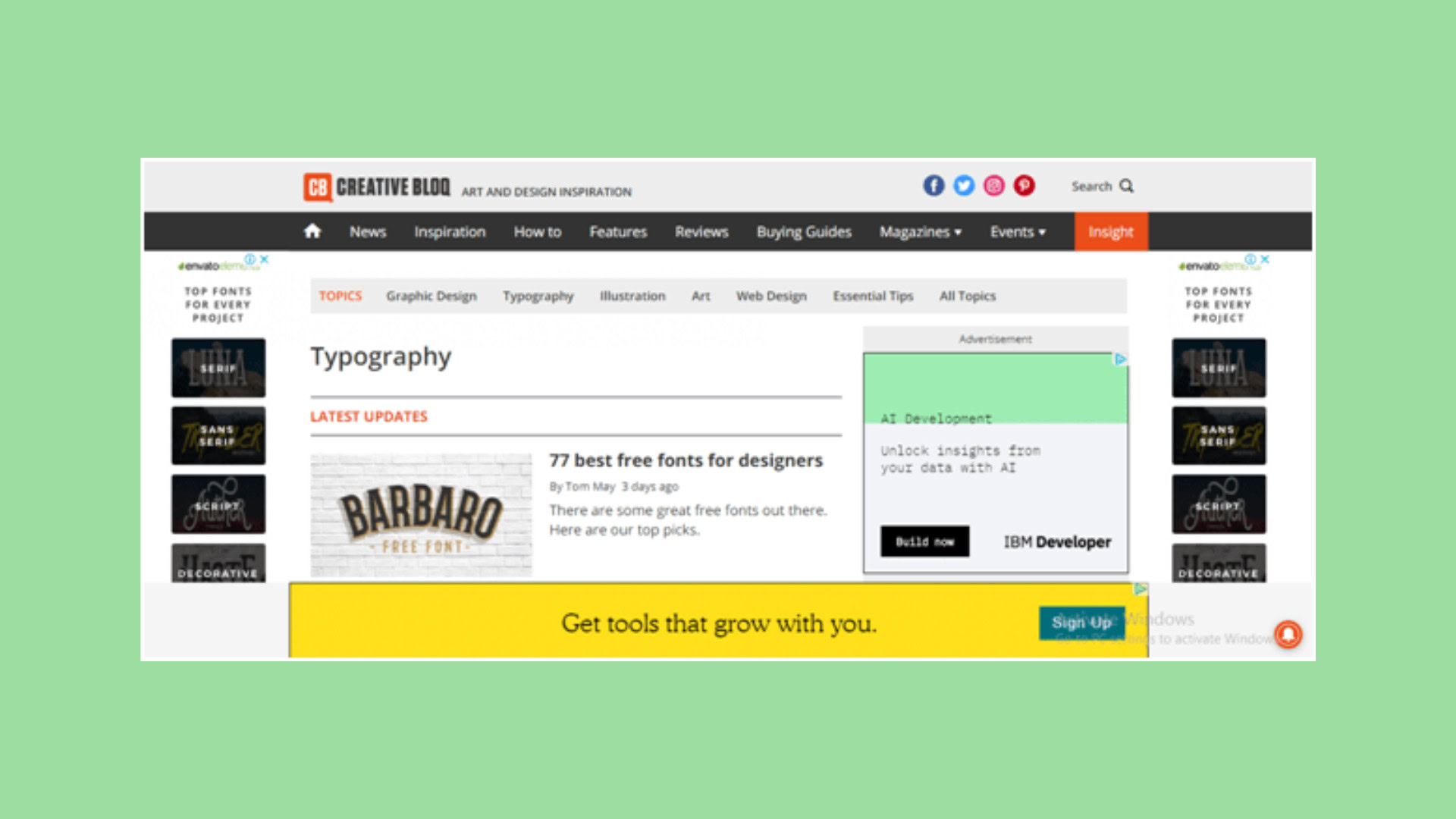
Level Up Your Onboarding: How Canva Personalizes for User Success
In the fiercely competitive world of apps, grabbing a user’s attention is only half the battle. The true test lies in keeping them engaged and coming back for more. This is where a well-crafted personalized onboarding process shines. It’s the make-or-break moment that transforms curious visitors into loyal users.

Take a look at design giant Canva. By implementing a personalized onboarding strategy, they’ve not only skyrocketed user adoption but also fueled impressive growth. So, what exactly is Canva doing right, and how can you leverage similar tactics to supercharge your own app? In this article, we’ll delve into the power of personalized onboarding, explore Canva’s winning approach, and equip you with practical strategies to create an onboarding experience that keeps users hooked.
II. Canva’s Approach to Personalized Onboarding
Canva’s success hinges on a deep understanding of their users. They don’t just guess what users want – they actively listen and learn.

Table of Contents
Understanding User Needs
Canva’s success in personalized onboarding begins with a deep understanding of user needs. Through a combination of observation and interaction, Canva meticulously analyzes user behaviors, goals, and pain points. This approach allows them to gain valuable insights into the diverse needs and preferences of their user base.
Observation plays a crucial role as Canva closely monitors how users interact with their platform. By tracking user actions, Canva can identify patterns, common challenges, and areas where users may encounter friction. This observational data provides valuable clues about user preferences and pain points, guiding Canva in refining their onboarding process.

Interaction is equally important for Canva’s user research efforts. Through surveys, interviews, and user testing sessions, Canva actively engages with users to gather qualitative feedback. These interactions provide invaluable insights into user motivations, aspirations, and frustrations. By listening to user feedback firsthand, Canva gains a deeper understanding of the needs and expectations of their diverse user base.
How User Research Informs the Design of Canva’s Onboarding Experience:
Canva’s user research serves as the foundation for the design of their onboarding experience. The insights gathered from observation and interaction directly inform the development of onboarding materials, tutorials, and interactive guides.
For example, if user research reveals that many new users struggle with navigating Canva’s interface, the design team can prioritize creating onboarding tutorials that focus on basic navigation tips and tricks. Similarly, if users express a need for advanced design techniques, Canva can tailor their onboarding experience to provide more in-depth tutorials on advanced features.
Benefits of Personalized Onboarding
Personalized onboarding is not just a buzzword; it’s a strategic approach that offers a myriad of benefits to both users and businesses alike. Let’s explore how personalized onboarding, as exemplified by Canva, can drive significant value and contribute to long-term success:

1. Increased User Engagement and Activation:
Personalized onboarding experiences have been shown to significantly increase user engagement and activation rates. By tailoring the onboarding process to individual user needs and preferences, Canva ensures that users are immediately immersed in content and features that are relevant and meaningful to them. This targeted approach captures user interest from the outset, encouraging them to explore further and become more deeply engaged with the platform.
When users feel that the onboarding experience is designed specifically for them, they are more likely to invest time and effort into learning how to use the product effectively. This active engagement during the onboarding phase sets the stage for continued interaction and involvement with the platform, ultimately leading to higher retention rates and increased lifetime value for the business.
2. Improved User Experience and Satisfaction:
Personalized onboarding contributes to an overall positive user experience by reducing friction and frustration during the initial stages of using the product. By delivering relevant information and guidance that aligns with user goals and skill levels, Canva ensures that users feel supported and empowered as they navigate the platform.
A seamless onboarding experience that anticipates user needs and provides intuitive solutions enhances user satisfaction and fosters a sense of trust and loyalty towards the brand. Users are more likely to perceive Canva as user-friendly and customer-centric, which can lead to positive word-of-mouth recommendations and increased brand advocacy.

3. Higher User Retention and Growth:
Perhaps the most significant benefit of personalized onboarding is its impact on user retention and growth. By delivering a tailored onboarding experience that resonates with users, Canva increases the likelihood that users will continue to engage with the platform over the long term.
Users who receive personalized onboarding are more likely to experience early success with the product, which instills confidence and encourages continued usage. As users become more proficient and comfortable with the platform, they are less likely to churn and more likely to become loyal customers and advocates for the brand.
Moreover, personalized onboarding can drive organic growth by generating positive user experiences and encouraging referrals and recommendations to friends, colleagues, and social networks. This word-of-mouth marketing can result in a steady influx of new users who are predisposed to engage with the platform based on the glowing recommendations of existing users.
Implementing Personalized Onboarding Strategies
Personalized onboarding strategies play a pivotal role in enhancing user engagement and satisfaction. Canva employs several key tactics to personalize the onboarding experience and maximize user success. Let’s delve into these strategies:
1. User Segmentation:
User segmentation involves categorizing users into distinct groups based on common characteristics such as demographics, behavior, or preferences. By segmenting users, Canva can tailor the onboarding experience to meet the specific needs and goals of each group.

For example, Canva may segment users based on their level of design experience, ranging from beginners to advanced users. Beginner users may receive onboarding materials that focus on basic design principles and introductory tutorials, while advanced users may be offered more advanced features and techniques.
User segmentation allows Canva to deliver targeted messaging, resources, and support to different user segments, ensuring that each user receives a personalized onboarding experience that resonates with their unique needs and skill level.
2. Interactive Tutorials:
Interactive tutorials are a powerful tool for guiding users through specific features and functionalities of a product. Canva leverages interactive tutorials to provide hands-on guidance and instruction to users as they explore the platform.

These tutorials are designed to be engaging and interactive, allowing users to actively participate in the learning process. Whether it’s learning how to create a social media graphic or design a presentation slide, interactive tutorials provide step-by-step guidance and real-time feedback to help users master new skills and techniques.
By incorporating interactive tutorials into the onboarding process, Canva ensures that users receive personalized guidance and support that is relevant to their individual needs and goals. This hands-on approach not only accelerates the learning curve but also enhances user confidence and satisfaction with the platform.
3. Progress Tracking and Feedback:
Progress tracking and feedback mechanisms are essential components of personalized onboarding strategies. Canva implements these mechanisms to monitor user progress and provide timely feedback and support throughout the onboarding journey.

Progress tracking allows users to visualize their progress as they complete various onboarding tasks and milestones. By tracking their progress, users can see how far they’ve come and what they still need to accomplish, which can help motivate them to continue moving forward.
Feedback mechanisms enable users to provide input, ask questions, and share their thoughts and experiences with the onboarding process.
Conclusion
Canva’s approach to personalized onboarding stands as a beacon of user-centric design in the digital landscape. By prioritizing user needs and preferences, Canva has crafted an onboarding experience that fosters engagement, satisfaction, and long-term success.
Canva’s personalized onboarding approach not only drives user engagement and satisfaction but also lays the foundation for long-term growth and success. By leveraging user data and feedback to inform ongoing optimization efforts, Canva ensures that the onboarding experience remains relevant and impactful in an ever-evolving digital landscape.
Take your company to the next level and get results with our world class user experience, interface design and implementation.
Get a FREE 30 min Strategy Session

Related posts
Dashboard Design Disasters: 6 UX Mistakes You Can’t Afford to Make
Have you ever stared blankly at a dashboard, overwhelmed by unclear data or buried in endless menus? You’re not alone! […]
Effective UI/UX Design: How Psychological Principles Enhance User Experience
Imagine landing on a website that feels effortless to use, where every click feels natural and every visual element seems […]
Emojis in Product Design: How They Have Evolved and How to Use Them
A paragraph to a loved one, an Instagram post, a Twitter comment, a marketing email or a work message… these […]
Creative product design that gets results
Take your company to the next level with world class user experience and interface design.
get a free strategy session



